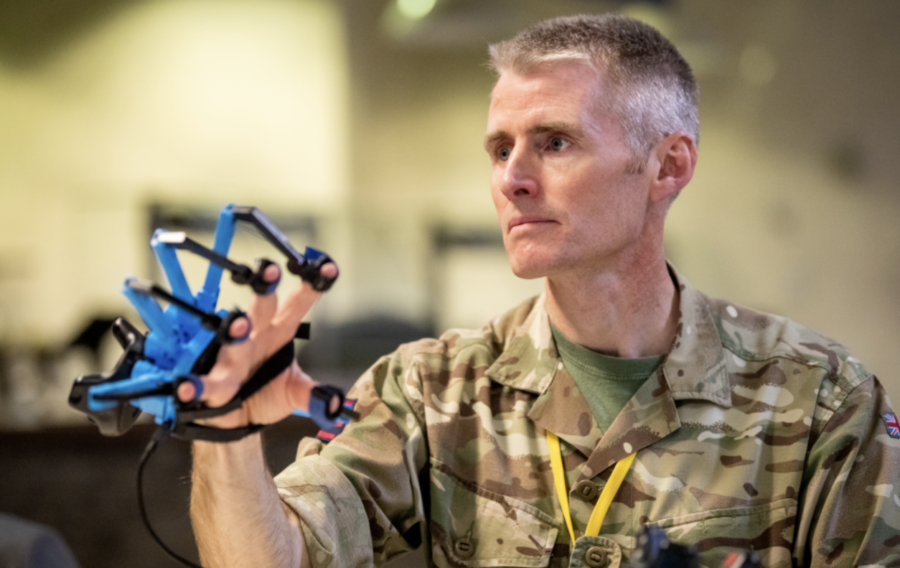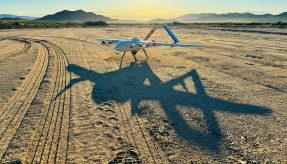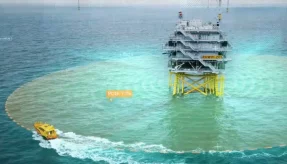
At a recent event, suppliers demonstrated an array of technologies that allow an operator to experience being in a distant location.
The Defence Science and Technology Laboratory (Dstl) has demonstrated innovative telexistence concepts that could give military personnel, emergency services, or humanitarian workers the capability to undertake dangerous tasks in hazardous environments without physically being present.
An array of different technologies were displayed by industry suppliers to potential military and government users at a presentation event organised by the Defence and Security Accelerator (DASA) in October and co-funded by the Nuclear Decommissioning Authority (NDA).
Telexistence combines three separate technologies to allow a user to experience being in a location many miles away as if they were there along with the ability to sense, touch, feel, and interact with objects.
This is achieved using a remotely-operated system, and relies on the integration of:
- telepresence, which enables the operator to see and hear as though in the remote environment
- robotics or wearable assistive technologies, which enable the operator to interact with the remote environment
- haptic feedback or sensors which enable the operator to touch and feel the remote environment
Telexistence offers a future generation of technology to mitigate the human risk associated with operating in hazardous environments by removing personnel from dangerous areas.
Examples include:
- explosive ordnance disposal (EOD)
- nuclear decommissioning
- casualty extraction
- fire scene investigation
- chemical, biological, radiological, disaster response and decontamination
- ocean floor and naval damage exploration
- space exploration
As well as reducing risk, telexistence has the potential to reduce logistical burden and increase the speed that users can be deployed.
This would offer advantages to capabilities where there are a limited number of specialists, such as EOD, telemedicine and training.
Telexistence would allow these specialists to support several operations as and when needed, rather than being deployed to a specific operation in case their skills are required.
Dr Nicky Armstrong, Dstl’s technical lead, said: “The project aims to help us understand where telexistence may improve defence capabilities, shaping user requirements to influence future technology development.
“By exploiting the technology early, we will grasp the possibilities and limitations of the concept, enabling us to identify and rectify gaps that would hinder its adoption.”
If you would like to join our community and read more articles like this then please click here.
DASA Defence Science and Technology Laboratory Dstl telexistence







